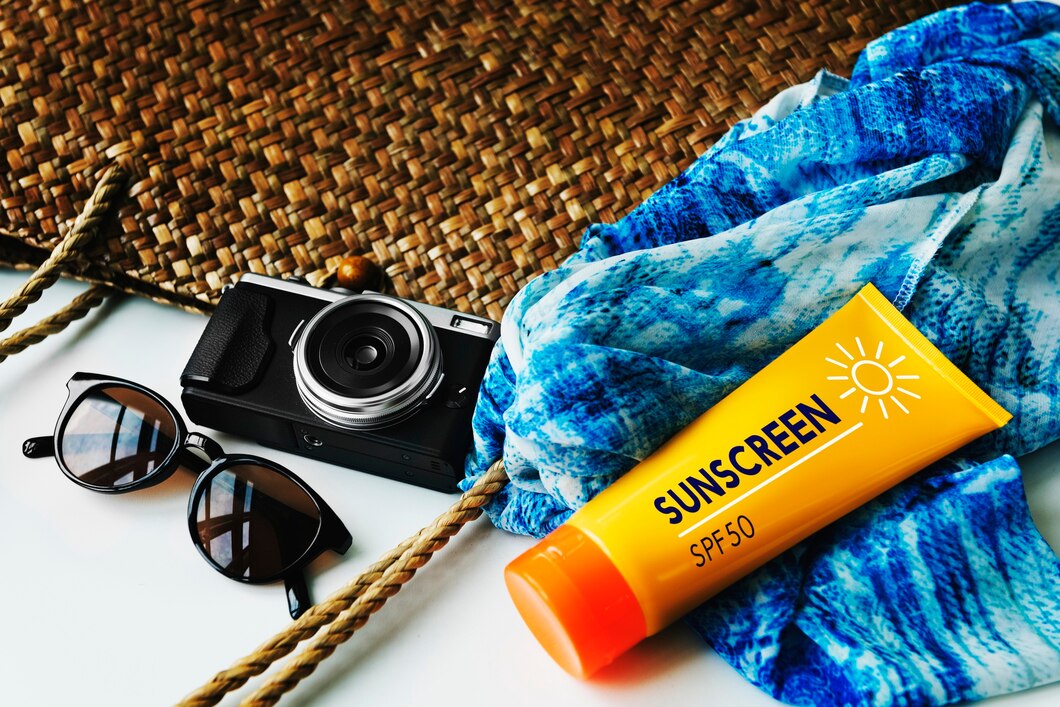When winter arrives, bringing with it shorter days and colder temperatures, it’s easy to forget about sun protection. Many people mistakenly believe that the sun’s harmful rays are less potent during the winter months. However, the truth is that UV radiation can be just as damaging in winter as it is in summer. Here’s how you can safeguard your skin and maintain a healthy glow even in the colder season.
Understanding UV Radiation in Winter
UV radiation is composed of UVA and UVB rays. UVA rays penetrate deep into the skin, causing premature aging and long-term skin damage. UVB rays, while less penetrating, are responsible for sunburn and play a significant role in developing skin cancer. During winter, UVB rays may be weaker, but UVA rays remain consistent throughout the year. Additionally, snow can reflect up to 80% of UV rays, increasing your exposure and potential for skin damage.
Essential Winter Sun Protection Tips
- Use Broad-Spectrum Sunscreen:
Choose a broad-spectrum sunscreen with an SPF of at least 30. Broad-spectrum protection ensures that you are shielded from both UVA and UVB rays. Apply it generously on all exposed skin, including your face, neck, ears, and hands. Don’t forget to reapply every two hours, especially if you are spending extended periods outside. - Incorporate Sun Protection into Your Daily Routine:
Make sunscreen application a part of your daily skincare routine, even if you are indoors. UVA rays can penetrate windows and cause skin damage. Consider using moisturizers or foundations with built-in SPF for added convenience. - Wear Protective Clothing:
Opt for clothing that covers your skin adequately. Hats with wide brims, scarves, and gloves provide extra protection against UV exposure. Look for clothing with UPF (Ultraviolet Protection Factor) ratings for added security. - Shield Your Eyes:
UV rays can also harm your eyes, leading to conditions such as cataracts and macular degeneration. Wear sunglasses that block 100% of UV rays. Wraparound styles are particularly effective at minimizing sun exposure from different angles. - Pay Attention to Reflections:
Snow, ice, and even water can reflect UV rays, increasing your exposure. When engaging in winter sports or activities, be mindful of these reflective surfaces and take extra precautions. - Stay Hydrated and Moisturized:
Winter air is often dry, which can exacerbate skin damage and make it more susceptible to UV rays. Drink plenty of water to stay hydrated and use a good quality moisturizer to keep your skin barrier intact. - Monitor UV Index:
Check the daily UV index forecast for your area. Even in winter, the UV index can vary, and being aware of it can help you take appropriate protective measures. - Seek Shade:
Whenever possible, seek shade, especially during peak sun hours between 10 a.m. and 4 p.m. While it might seem counterintuitive in winter, UV exposure can still be high during these times.
Protecting your skin from the sun is a year-round commitment, not just a summer necessity. By understanding the risks and implementing these winter sun protection strategies, you can safeguard your skin’s health and maintain a radiant glow throughout the colder months. Remember, the key to effective sun protection is consistency. Make sun safety a part of your daily routine, and your skin will thank you for it.








